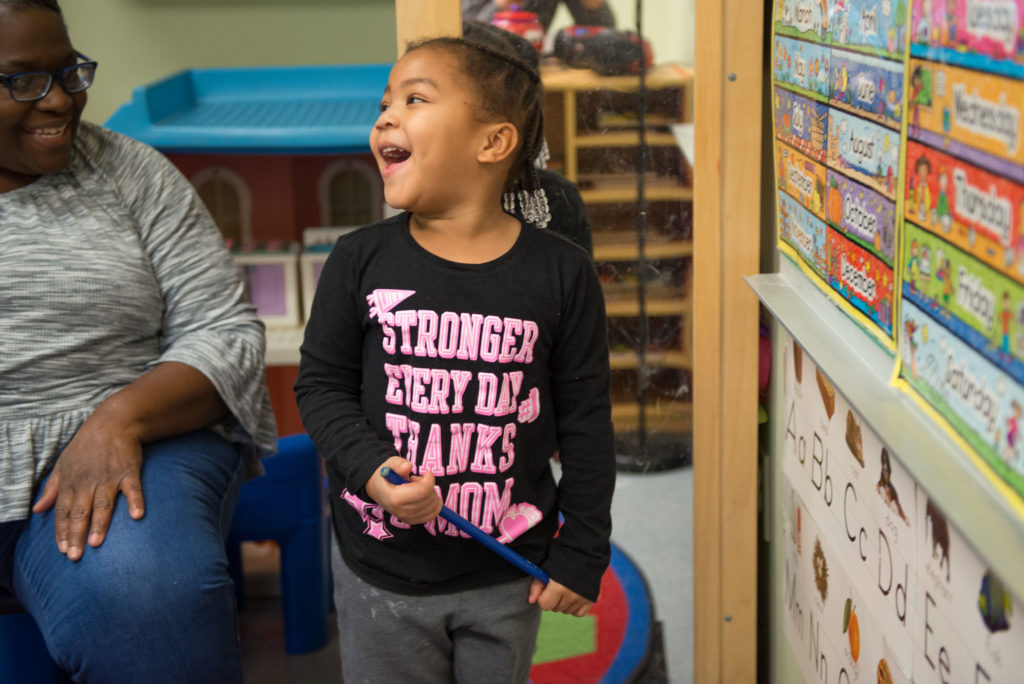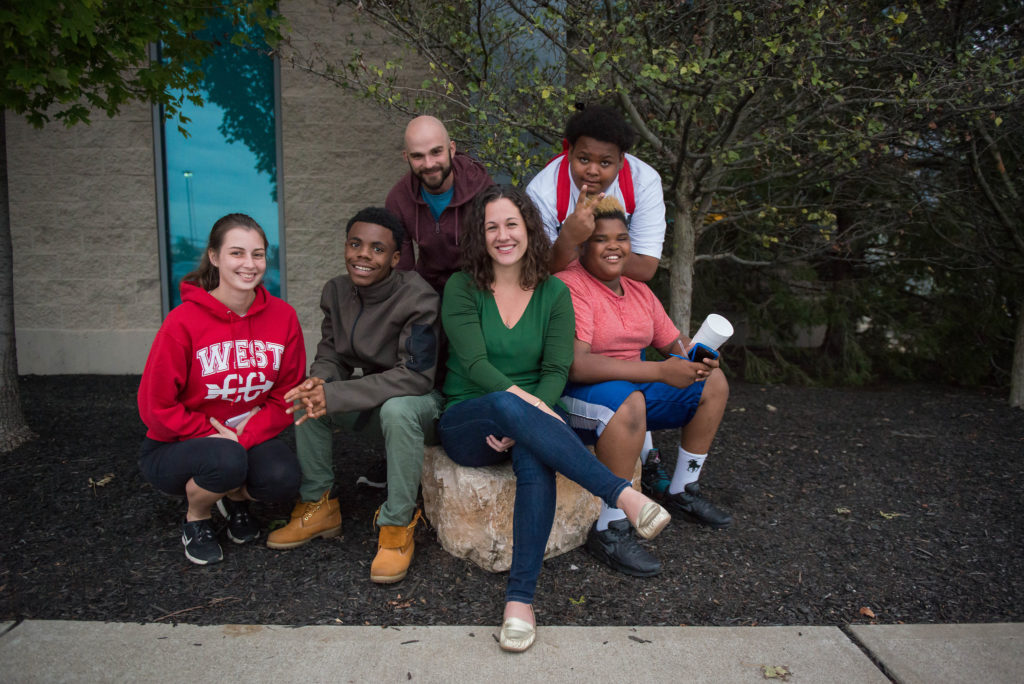
A good education ensures that young people are set up for success and can reach their full potential. Education starts at birth and continues into meaningful careers, with ongoing opportunities to learn and grow.

What You Need to Know
These key issues are essential to understanding how we can support thriving people and places.
Lifelong Learning: Cradle to Career
- Changing Focus, Changing Priorities:
The biggest enemy of progress is the tendency of reform to be modestly incremental and to complement existing structures, interests, and power relationships.
Building human capital is an essential long-term investment for which today’s leaders must make a compelling case in order to focus the public’s near term attention.
Continuous learning from the earliest stages of life to mature adulthood should be the norm if our citizens and society are to prosper in coming decades.
We desperately need a highly educated, media-literate citizenry capable of discerning truth, recognizing evidence, and engaging in sophisticated analytical thinking.
It will be impossible to generate the necessary resources to assure equitable systems without changes in tax policy—philanthropy should not be funding basic services and supports.
The necessary paradigm shifts will require unprecedented levels of flexibility, imagination, and innovation from both management and labor unions. - Families & Communities
Most schools, most of the time regard family engagement as a “nice to do.” In the worst cases, schools ignore and trivialize family engagement or even regard it as a nuisance. But the COVID-19 crisis has irretrievably thrust families into the very center of the education equation.
There is a growing awareness of the need to nurture children’s social and emotional development—to enhance the interpersonal skills that are essential to workplace success.
We cannot have an effective education system if students’ basic human needs are unmet.
The most highly leveraged investments in education come in early childhood when children’s brains are growing, developing, and vulnerable. Yet, the early childhood sector is the least adequately funded, least accessible, and least professionalized component of our education system. - Learning from the COVID-19 Experience
With all children learning at home in the fourth quarter of this academic year, we’ve learned that if a “one size fits all” approach doesn’t work very well for students, it works even less well for families because of the wide variability in family circumstances.
The closures of childcare centers due to the pandemic and the new safety requirements will mean many underfunded centers will close, making the already financially strapped sector even more fragile.
Our schools are generally well behind the curve in adopting 21st-century tools for instructional purposes. Now is the time to surge forward.

Historical Context
WE NEED TO BREAK DOWN THE BARRIERS of time and space that lock us into the narrow confines of schools by preparing for an education system that provides learning opportunities literally anytime, anywhere. The necessary tools exist, but we are only beginning to take full advantage of them. By leveraging technology, revising incentive structures, and rethinking learning relationships, we can extend learning opportunities and increase society wide equity. Schooling conducted face to face, in person—at least in part—will always be with us, but it need not be the entirety of what we consider education.

Current Conditions
The school closings necessitated by COVID-19 have traumatized students, families, and educators. Now is the time for urgent, thoughtful contemplation of the ways in which this moment can be harnessed to shift paradigms. If we make the right choices, we can reduce childhood poverty, attack racism in all its forms, and improve the quality of our systems of child development.
Youth and families will be critical partners in achieving this paradigm shift. For too long, they have been left out of decision making about education, despite the fact that the people most impacted by problems have some of the best solutions. The first step toward shifting power to community leadership is engaging and co-creating with the community.

After implementing the Summer Transition Coordinator strategy, 1,000 more students successfully started college. The strategy is now integrated into Chicago Public Schools’ broader postsecondary enrollment plan, with funding designated to support it.

Pivotal Moves
A Selection of Ideas for Changing Course
PIVOTAL MOVES are decisive actions that could begin now and change the course of community life relatively quickly.
STOP NEGLECTING EARLY DEVELOPMENT
To attract and retain talented early education teachers, we should raise salaries to place them on par with those of K-12 teachers. Increase support for high-quality home visiting programs. Forty years of research evidence shows that these kinds of programs yield significant reductions in child abuse and neglect, reduction in ER visits, and fewer behavioral and intellectual problems in children at age 6.
ORGANIZE CRADLE-TO-CAREER PARTNERSHIPS
Implement children’s cabinets in the cities and states that don’t already have them. Cabinets reshape the way communities serve children by bringing together leaders across sectors to make children’s success a communitywide responsibility rather than one that rests primarily with schools.
Invest in local cradle-to-career intermediary organizations to catalyze action, mobilize cross-sector partners, and drive shifts in resources.
USE TIME BETTER
We should design a system in which summer learning and enrichment are available to every child, not just to those fortunate enough to receive access through the accident of birth and family wealth.
The same applies to learning opportunities after school, on weekends, and over holidays. It’s time to bury our agrarian school calendar and substitute flexible, year-round learning.
RESTRUCTURE FOCUS ON INDIVIDUAL GROWTH
Expand the use of Integrated Student Supports (ISS), a concept that has been in use for decades. ISS envisions a system in which all children receive the nurturance, health care, support, and stability required for successful learning.
Give every child a Personalized Success Plan. These plans capture the full range of young people’s needs and strengths in order to connect them with tailored, seamless, and equitable services and opportunities.
The adoption of a student success planning approach signals the end of the factory model of education and the start of an era in which each child is seen and matters.